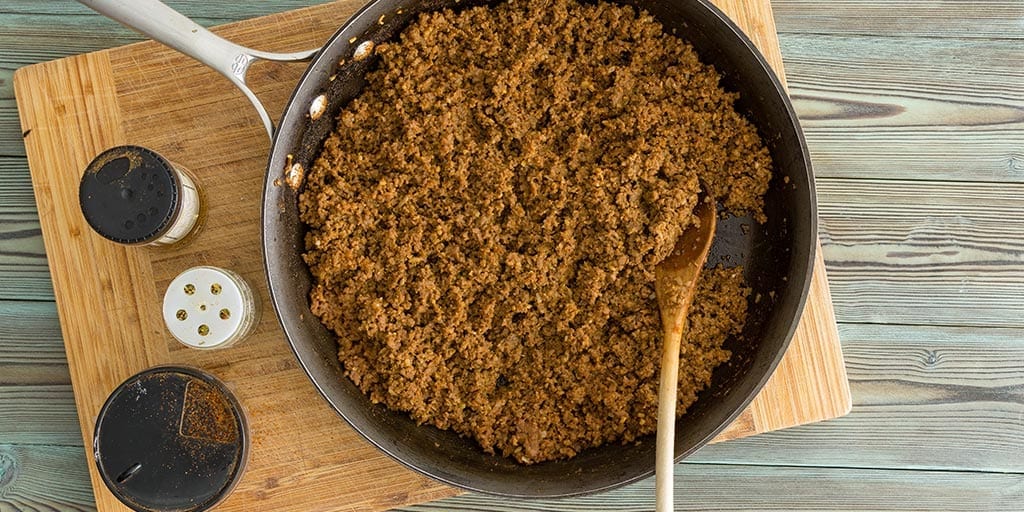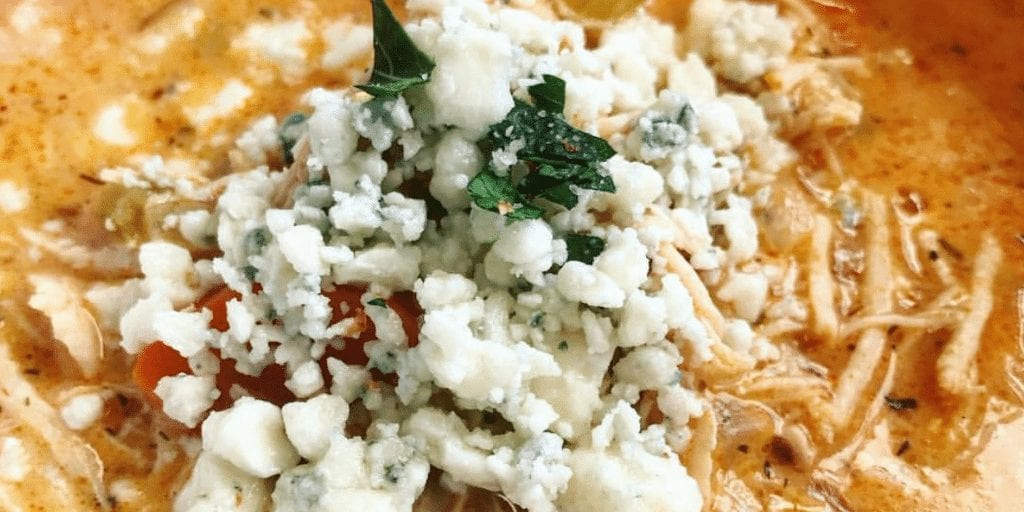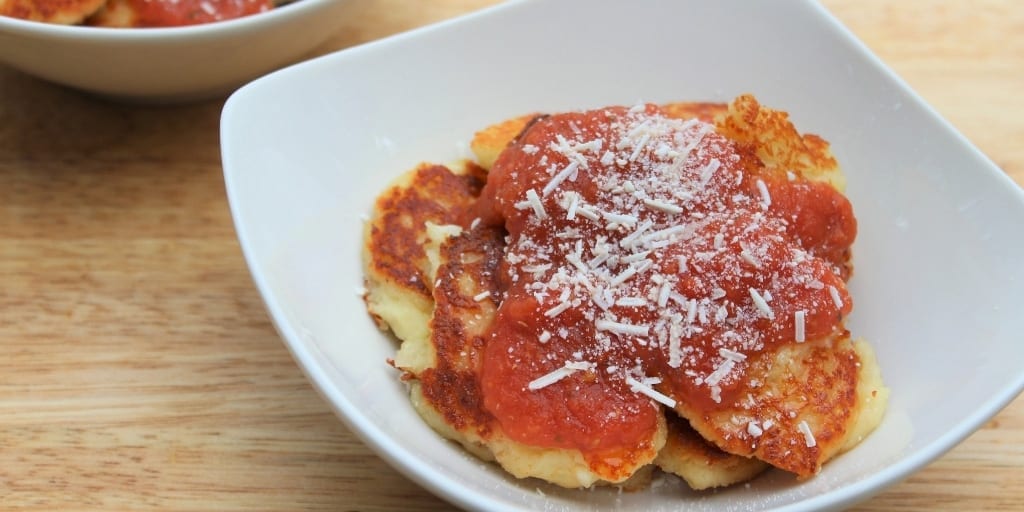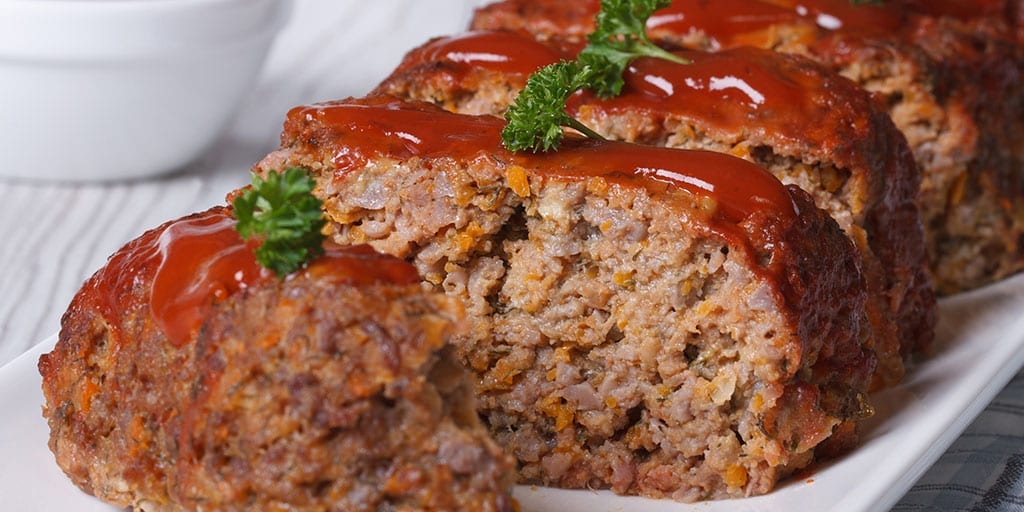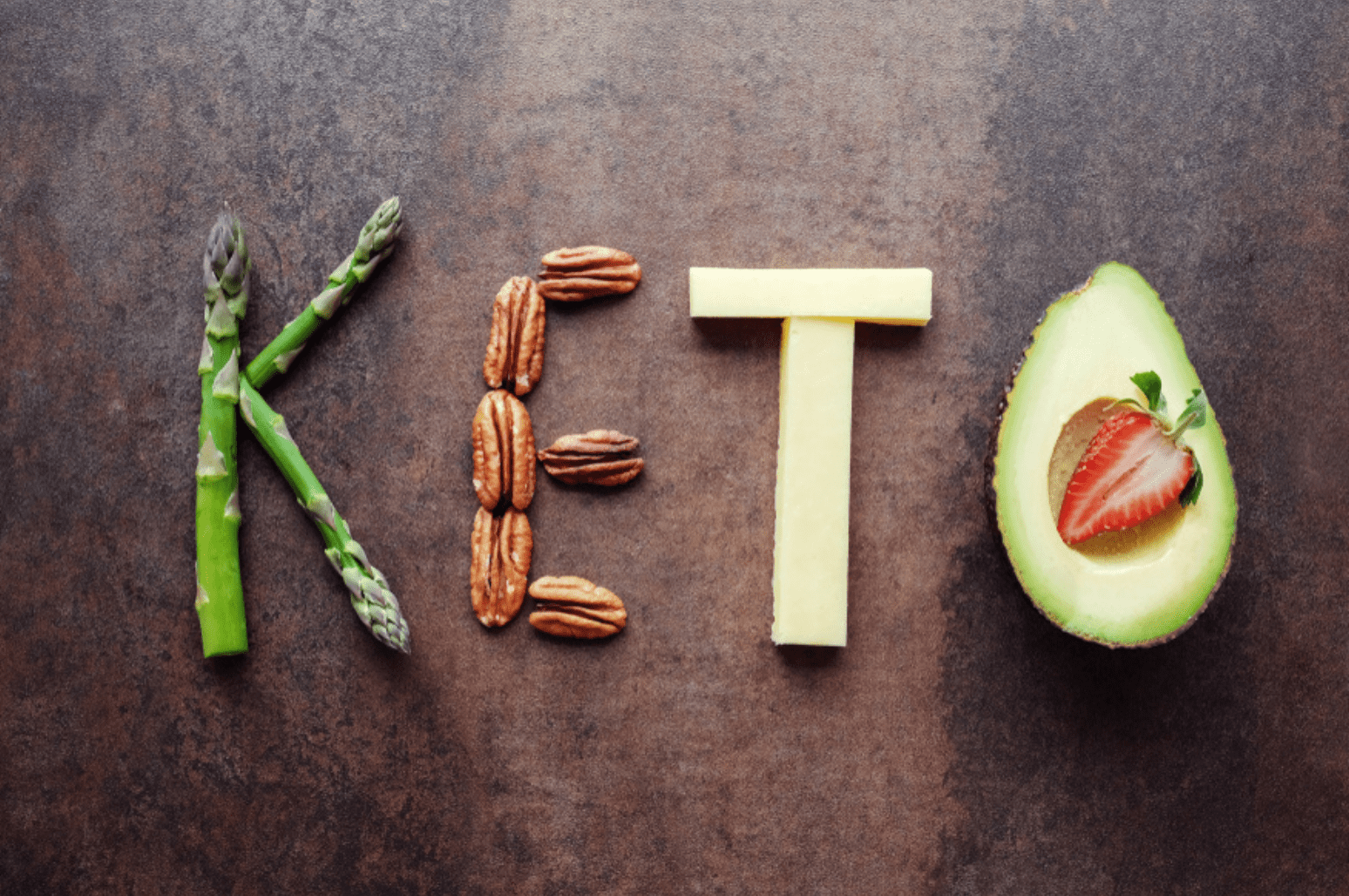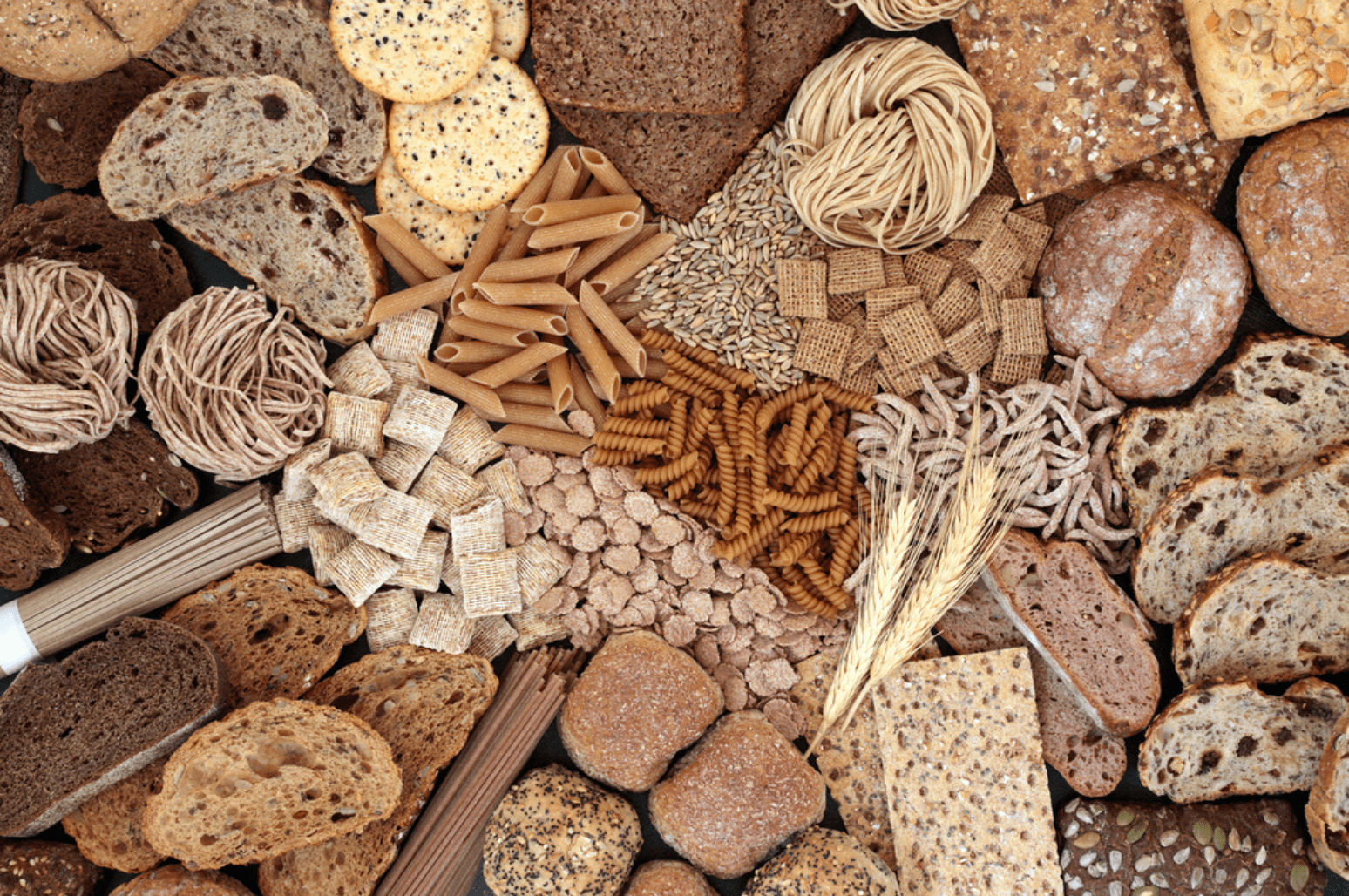
Herbs can be bitter, spicy, refreshing, and nutritious. Intuitively, you would thin that all herbs and spices are keto-friendly, but some are packed full of fillers (like dextrose and maltodextrin). Don’t let this dissuade you from adding spices to your favorite keto dishes. As a rule of thumb, try to choose single-ingredient, whole herbs/spices, or those without any additional fillers and you’ll be just fine.
You can also stick to fresh or dried herbs, or even try making your own herb garden! Herbs refer to plants with seeds, leaves, or flowers that are used for food, medicine, flavoring, or perfume. In botany, herbs are more specifically a seed-bearing plant without a woody stem that dies down to the ground after flowering.
Herbs provide a plethora of health benefits when you consume them. They also add flavor and taste to your meals. Let’s discuss five healthy herbs and spices for your keto kitchen.
1. Cilantro
Cilantro is the Spanish name for coriander leaves. Cilantro comes from the plant species corandrum sativum, and it’s an excellent garnish for soups, salads, baked dishes, keto tacos, and more! It’s popular in South American, Mexican, Chinese, Thai, and South Asian dishes. Heat can reduce the flavor, so fresh cilantro is often added just before serving.
This citrusy, fragrant herb delights some and repulses others. Interestingly, research reveals that those who don’t like the ‘strong’ scent or flavor of cilantro might have a specific genetic trait. [1].
Cilantro provides vitamin A, K, and C, and it might aid the body’s detoxification process. This bright, unique herb is packed with antioxidants that reduce inflammation. Research shows it might also help with heart disease [2] [3] [1] [4] [5].
Add cilantro to salsa, guacamole, or chutney or try it with these keto recipes:
- Keto Shakshuka
- Keto Tacos!
- Southwest Chicken Salad with Lime Avocado Dressing
- Keto Chicken Fajita Boats
2. Parsley
Parsley is popular in European, American, and Middle Eastern cooking. In addition to augmenting the flavor of dishes like salads, soups, and fish recipes, this potent herb has powerful health benefits.
Try this keto approved spice in pesto, on a salad, in homemade juices or bread, or in any of these tasty keto recipes:
Basil is a leafy, aromatic, green herb originating in Africa and Asia. Basil is a member of the mint family, and it’s often used in teas, supplements, baked dishes, and European cooking.
You can find different basil (O. basilicum) varieties, such as sweet basil, Thai basil, and cinnamon basil. The most commonly used is holy basil or tulsi from the tenuiflorum species (O. sanctum).
Basil has anti-inflammatory plant compounds, vitamin A, K, manganese, calcium, and other nutrients. The amount of nutrition you get from herbs like basil depends on how much you use and other factors. [11] [12] [13].
Add a little basil spice to one of these keto dishes:
4. Rosemary
Rosemary has applications in Ayurvedic medicine and traditional herbal medicine. Rosemary is popular in European cooking, and it has a long history of aromatic and culinary uses. Native to the Mediterranean region and South America, the rosemary bush (Rosmarinus officinalis) is part of the Lamiaceae plant family, along with lemon balm, oregano, basil, and mint [14] [15] [16] [17]
Rosemary provides antioxidants that help protect from inflammation and oxidative damage, which can lead to chronic diseases like heart disease over time. According to some research, certain compounds in rosemary might also improve blood sugar [18].
Sip on a rosemary tea or try this keto spice in one of these recipes:
5. Mint
Mint is a versatile, potent herb with a dynamic flavor. Mint is the name for over a dozen plant species, including spearmint and peppermint. These plants are renowned for the cooling sensation they provide, and they’re often used in desserts and beverages (including alcoholic beverages).
Mint contains vitamin A, manganese, folate, and other nutrients. It’s also a good source of antioxidants. Research shows peppermint oil contains a compound called menthol that’s thought to alleviate the symptoms of irritable bowel syndrome by relaxing the digestive tract muscles. Notably, many of these studies explored peppermint oil rather than mint leaves, but some people report consuming mint leaves improves digestion [19] [20] [21].
Add mint to lamb dishes or other keto delights:
What Are Your Favorite Keto Herbs and Spices?
What herbs do you have in your keto kitchen? Share some of your favorite recipes with the keto community.
References
Eriksson, N., Wu, S., Do, C. B., Kiefer, A. K., Tung, J, Y., Mountain, J. L., Hinds, D. A., & Francke, U. (2012). A genetic variant near olfactory receptor genes influences cilantro preference. Flavour,
Self Nutrition Data. Coriandor (raw) Cilantro Leaves,Nutrition Facts & Calories.
Laribi, B., Kouki, K., M’Hamdi, M., & Bettaieb, T. (2015). Coriander (Coriandrum sativum L.) and its bioactive constituents.Fitoterapia, 103, 9-26.
Lobo, V., Patil, A., Phatak, A., & Chandra, N. (2010). Free radicals, antioxidants and functional foods: Impact on human health. Pharmacognosy Reviews, 4(8), 118-126.
Vasanthi, H. R., & Parameswari, R. P. (2010). Indian spices for healthy heart: An overview. Current Cardiology Reviews, 6(4), 274-279.
Self Nutrition Data. Parsley, Raw, Nutrition Facts & Calories.
Farzaei, M. H., Abbasabadi, Z., Ardekani, M. R. S., Rahimi, R., & Farzaei, F. (2013). Parsley: A review of ethnopharmacology, phytochemistry and biological activities.Journal of Traditional Chinese Medicine, 33(6), 815-826.
Linde, G. A., Gazim, Z. C., Cardoso, B. K., Jorge, L. F., Tesevic, V., Glamoclija, J., Sokovic, M., & Colauto, N. B. (2016). Antifungal and antibacterial activities of Petroselinum crispum essential oil.Genetics and Molecular Research, 15(3),
Gilbert, C. (2013). What is vitamin A and why do we need it? Community Eye Health, 26(84), 65.
Chapman, M. S. (2012). Vitamin A: History, current uses, and controversies. Seminars in Cutaneous Medicine and Surgery, 31(1), 11-16.
Self Nutrition Data. Basil, Fresh, Nutrition Facts & Calories.
Sakkas, H., & Papadopoulou, C. (2017). Antimicrobial activity of basil, oregano, and thyme essential oils.Journal of Microbiology and Biotechnology, 27(3), 429-438.
Li, H., Ge, Y., Luo, Z., Zhou, Y., Zhang, X., Zhang, J., & Fu, Q. (2017). Evaluation of the chemical composition, antioxidant, and anti-inflammatory activities of distillate and residue fractions of sweet basil essential oil.Journal of Food Science and Technology, 54(7), 1882-1890.
De Oliveira, J. R., Camargo, S. E. A., & De Oliveira, L. D. (2019). Rosmarinus officinalis L. (rosemary) as therapeutic and prophylactic agent. Journal of Biomedical Science,
Self Nutrition Data. Rosemary, Fresh, Nutrition Facts & Calories.
Uritu, C. M., Mihai, C. T., Stanciu, G-D., Dodi, G., Alexa-Stratulat, T., Luca, A., Leon-Constantin, M-M., Stefanescu, R., Bild, V., Melnic, S., & Tamba, B. I. (2018). Medicinal plants of the family Lamiaceae in pain therapy: A review. Pain Research and Management,
Pham-Huy, L. A., He, H., & Pham-Huy, C. (2008). Free radicals, antioxidants in disease and health. International Journal of Biomedical Science, 4(2), 89-96.
Naimi, M., Vlavcheski, F., Shamshoum, H., & Tsiani, E. (2017). Rosemary extract as a potential anti-hyperglycemic agent: Current evidence and future perspective.Nutrients, 9(9), 968.
Self Nutrition Data. Spearmint Fresh (Mint),Nutrition Facts & Calories.
Hills, J. M., & Aaronson, P. I. (1991). The mechanism of action of peppermint oil on gastrointestinal smooth muscle. An analysis using patch clamp electrophysiology and isolated tissue pharmacology in rabbit and guinea pig. Gastroenterology, 101(1), 55-65.
Merat, S., Khalili, S., Mostajabi, P., Ghorbani, A., Ansari, R., & Malekzadeh, R. (2010).The effect of enteric-coated, delayed-release peppermint oil on irritable bowel syndrome. Digestive Diseases and Science, 55(5), 1385-1390.



